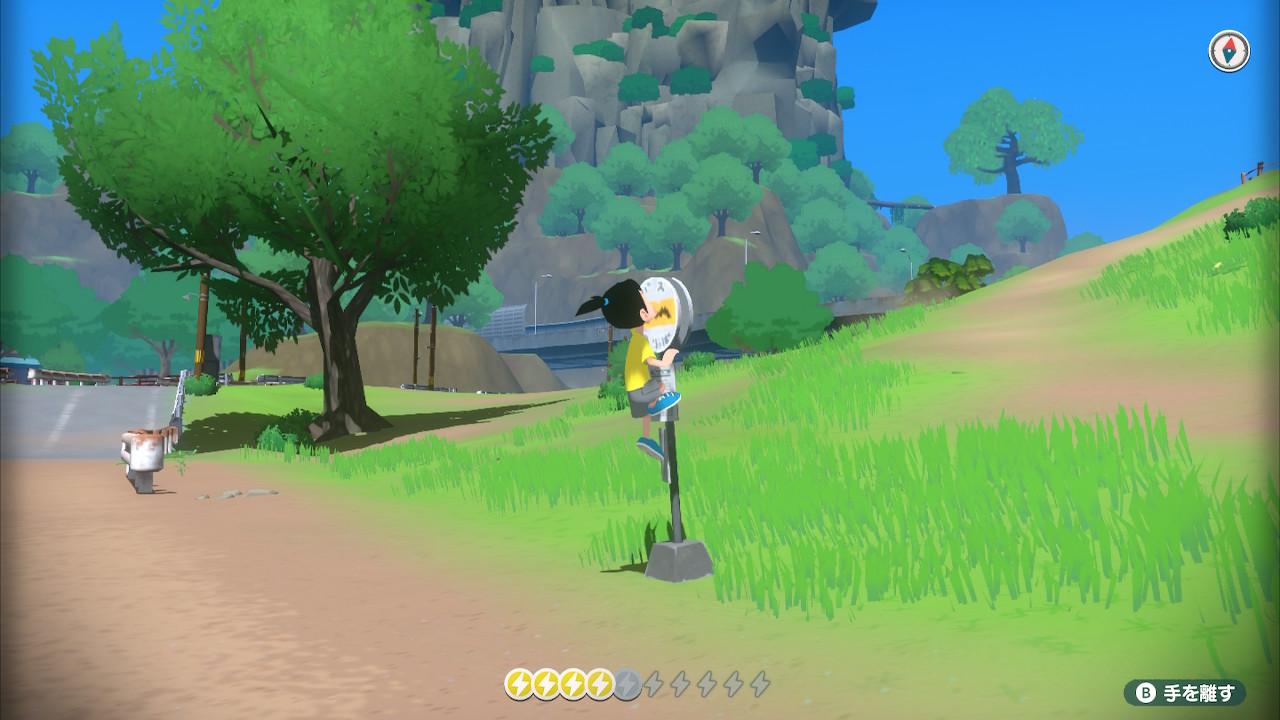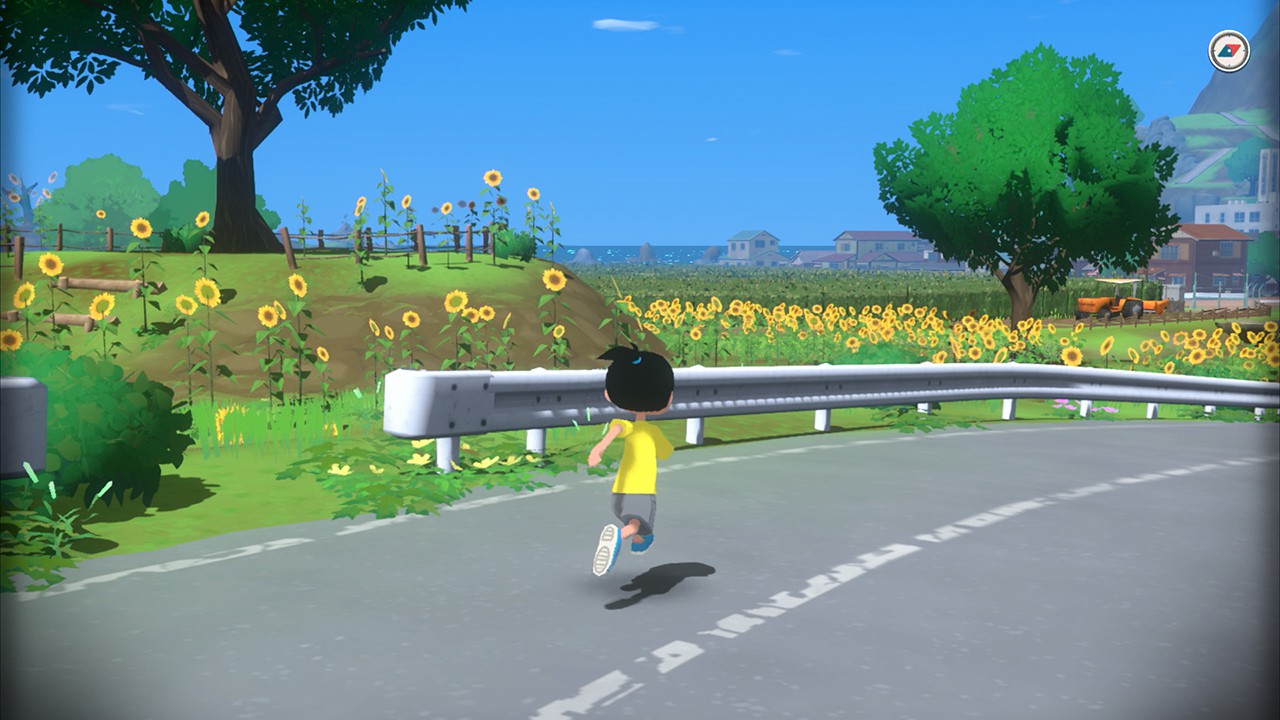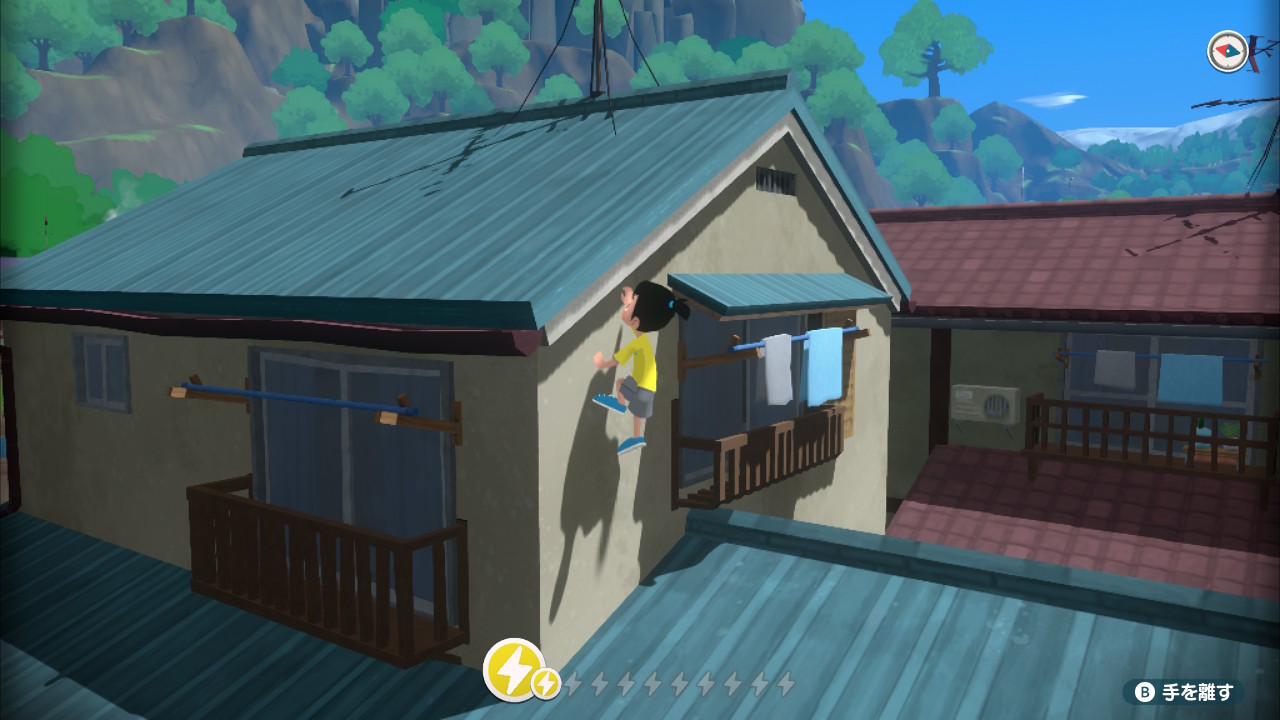Newly released Boku no Natsuyasumi descendant compared to Zelda: Breath of the Wild for its high degree of freedom

Natsu-Mon: 20th Century Summer Vacation, released by Spike Chunsoft for the Nintendo Switch on July 28, was written and designed by Kazu Ayabe, which has people referring to it as a sequel of the Natsuyasumi series. However, the game has been gaining attention for its high degree of freedom more than anything else, with Japanese players even comparing it to Breath of the Wild.
Natsu-Mon: 20th Century Summer Vacation is an open world action-adventure game, the protagonist of which is a 10-year-old boy named Satoru. As the only son of the head of a circus troupe, he has come to the town of Yomogi after experiencing many twists and turns. The countryside town boasts lush greenery and a view of the sea, and this is where Satoru spends his summer vacation, experiencing various adventures during this limited period.
The title was published by Spike Chunsoft and the original script and game design were done by Kazu Ayabe of Millenium Kitchen, who famously created the Boku no Ntasuyasumi series. Studio Toy Box, led by the creator of Story of Seasons Yasuhiro Wada, was also involved in the development of the game.

The “summer vacation games” of Kazu Ayabe feature a unique and nostalgic worldview with scripts that mix tenderness and bitterness, first-person narration, and poignant events. Natsu-Mon: 20th Century Summer Vacation is a continuation of that lineage and will provide players with a moving summer vacation experience. However, that is not the only selling point of this title, as the high degree of freedom of the game seems to be another big point of appeal.
The game adopts a third-person perspective, which is unusual for games of this genre, where fixed cameras are common. In addition, it adopts an open world system, and although a bit of loading is needed when entering some buildings, the game basically allows players to explore a vast field with close to no loading. In addition, “wall climbing” is possible in this title, which allows for some fun parkour exploration.

The game has the equivalent of a stamina gauge, and stamina is consumed when dashing and climbing walls. The maximum capacity for stamina increases as the player completes events. The wall climbing action can be performed against basically any object, allowing for wild mountain and house climbing. It’s also possible to freely travel the world in all manner of ways such as by jumping from roof to roof and so on. Various items can be found on rooftops, meaning that making full use of wall climbing is encouraged by the game.

As mentioned previously, many of the Boku no Natsuyasumi type games had a fixed camera, and the paths the player takes were defined. The games were played by carefully proceeding along the paths and enjoying the scenery that reveals itself. In Natsu-Mon: 20th Century Summer Vacation, on the other hand, the player can climb above the scenery and move around entirely freely. In addition, as the game progresses, multiple levels of jumps become possible, and a “parachute”-like item allows the player to glide through the air. The following video by Twitter user Yukino should give you an idea of what to expect.
While Natsu-Mon isn’t an AAA-class open world, the plethora of things you can interact with is what makes it so exciting. For example, cars and trains will stop if they come into contact with you, allowing you to climb them; if you step on an empty can, it will burst, and acquiring a toy gun item will allow you to shoot it at people and animals (with the power of a toy gun, obviously). Although there are not many elements available for the main character to use, the number of actions the player can make in the world is significant. This level of free interaction is undoubtedly why the game is gathering so much attention from Japanese players.
At the same time, the open world and high degree of freedom are accompanied by various features that make playing the game feel super comfy. For example, there is virtually no fall damage, so you can launch yourself from rooftops as much as you like. Swimming in the water is also possible, and no stamina is consumed while doing do. Also, items and creatures scattered in the field are guided, with unacquired items glowing or being highlighted for you to find them quickly. The bus, which allows fast travel, is also a convenient feature, with tickets being available anywhere in the field. It seems that all potentially stressful elements of an open-world game have been carefully removed. The combination of no-stress gameplay and infinite possible ways to go wild in the game seems to be what has captivated players.
This is not to say that the Millennium Kitchen-esque style of Kazu Ayabe isn’t present. The game is text-heavy, with a variety of text patterns. Dark humor is woven in here and there, allowing for the “summer vacation game” atmosphere to be enjoyed fully. The design of this game is a little different from typical open-world games in that you walk around the field in a limited amount of time. With that said, it’s important to emphasize that this is not a game that merely resembles The Legend of Zelda: Breath of the Wild.

Natsu-Mon: 20th Century Summer Vacation is available for the Nintendo Switch in Japan. An English release has not yet been announced.
Written by. Amber V based on the original Japanese article (original article’s publication date: 2023-07-31 13:09 JST)




